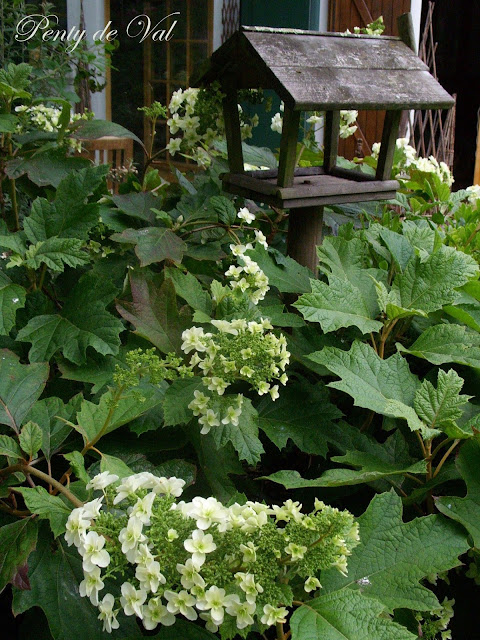(Download) Oak Leaved Hydrangea

The oakleaf hydrangea is a dramatic white blooming shrub with four seasons of interest.
Oak leaved hydrangea. The elegant clusters combine large showy florets with small budlike flowers. Plant taxonomy and types. Full sun partial shade hardiness. It is prized for its long lasting flowers and its beautiful fall foliage colors. Sikes dwarf oak leaved hydrangea hydrangea nquercifolia sikes dwarf. Oakleaf hydrangeas the oakleaf hydrangea is one of the few hydrangeas native to the united states h. Flower buds form long cone shaped clusters that crown summer landscapes with color.
The scientific name for lacecap hydrangeas is hydrangea macrophylla normalis. Oakleafs are native to the united states unlike their famous cousins with pink and blue mophead flowers and are tough cold hardy and drought resistant. Hydrangea quercifolia commonly known by its translation oakleaf hydrangea or oak leaved hydrangea is a species of flowering plant native to the southeastern united states in woodland habitats from north carolina west to tennessee and south to florida and louisiana. White 3 to 4 inch long flower clusters fade to pink. Genus hydrangea can be deciduous or evergreen shrubs or self clinging climbers with flowers in clusters usually comprising both small fertile and more showy sterile flowers. Often good autumn colour. Arborescens being the only other native we are aware of.
The dramatic large leaves of oakleaf hydrangea are named because of their similarity to the elegant leaves of oak trees. Oakleaf hydrangea s year long parade starts in spring when dark green leaves unfurl. In the fall those leaves turn the most gorgeous shades of red orange and burgundy. Oakleaf hydrangea is a flowering deciduous shrub with white flowers and distinctive leaves shaped like those of an oak tree. Compact 2 to 3 feet high. Other common names oak leaved hydrangea. The little buds in the center of the lacecap are the fertile flowers and the large showy blossoms around the outer edge are the sterile flowers.
Lacecaps are identical to mopheads in every way except the shape of their blooms. Depending on the variety the oak like leaves can grow up to 12 inches wide.































































